Paul Morphy, in a strange prefiguration of the later career of Bobby Fischer, was often described as ‘the pride and sorrow of chess’. In the late 1850s he blazed like a meteor across the chess firmament. He sprang to prominence by thoroughly defeating the German master Louis Paulsen in the New York tournament of 1857. Based on this success, Morphy travelled to Europe where, in quick succession, he inflicted match defeats on the established European masters such as Lowenthal, Harrwitz and finally Adolf Anderssen, who was very much regarded as champion after his victory at the London tournament of 1851.
Morphy’s victories were so great that we tend to regard him as a titan of chess, but this week’s game shows that he was also human. The notes also suggest that the accepted version of the latter part of the game, where Morphy appears to lose the thread completely but goes unpunished, may be down to a single misprint which has been repeated in all subsequent anthologies of Morphy’s games.
Morphy-Paulsen: New York 1857; Sicilian
1 e4 c5 2 Nf3 e6 3 d4 cxd4 4 Nxd4 Bc5 5 Be3 Another line is 5 Nb3 when play continues 5 … Bb6 6 Nc3 Ne7. Here 7 Bf4 should be met by 7 … d5 as recommended in the new book The Lazy Man’s Sicilian by Valery Bronznik and Steve Giddins (New in Chess). Not, however, 7 … 0-0 8 Bd6 f5 9 e5 when White had a powerful bind in Morphy-Paulsen, New York 1857. The try 7 Bg5 (instead of 7 Bf4) led to 7 … 0-0 8 Be2 f5 9 exf5 and now see today’s puzzle. 5 … Qb6 6 Nc3 (see diagram 1) 6 … Qxb2 This move is a disaster. 6 … Nc6 7 Ndb5 Bxe3 8 fxe3 Qxe3+ 9 Be2 Kf8 10 Rf1 Nge7 11 a4 Ng6 12 Rf2 Nge5 left Black a pawn up in Hartston-Basman, London 1974. 7 Ndb5 Black’s queen is now trapped. 7 … Bxe3 8 Rb1 Qxb1 9 Nxb1 Even Homer nods. Here 9 Nd6+ is even more devastating since after 9 … Kf8 10 Nxb1 both black bishops are threatened. 9 … Bf4 10 g3 a6 11 gxf4 axb5 12 Nc3 Ne7 13 Nxb5 0-0 14 Nd6 Nbc6 15 Rg1 Rxa2 16 f5 f6 17 Bc4 Ra4 (see diagram 2) 18 f4 The conclusion of this game creates a peculiar impression which can be traced back to this move. 18 f4 doesn’t make much sense whereas 18 f3, consolidating the e4 point, is a perfectly natural move. It is possible that the move was simply not transcribed correctly. 18 … b6 19 fxe6 dxe6 20 Nxc8 Nxc8 21 Bxe6+ Kh8 22 Bxc8 This is where the play becomes strange. Morphy’s move allows Black to come close to equality with 22 … Rxe4+ 23 Kf2 Rxc8. Instead 22 Qg4 (amongst others) would still win easily. 22 … Rxc8 23 Qd7 Another blunder which Black apparently fails to exploit. Now 23 … Rxe4+ and 24 … Ne7 leaves the game equal. None of the variations given at move 22 and 23 are possible if Morphy’s 18th move was in fact f3 and not f4. 23 … Ne7 24 Qxe7 Ra1+ 25 Kf2 Rxc2+ 26 Ke3 Black resigns
Got something to add? Join the discussion and comment below.
Get 10 issues for just $10
Subscribe to The Spectator Australia today for the next 10 magazine issues, plus full online access, for just $10.
You might disagree with half of it, but you’ll enjoy reading all of it. Try your first month for free, then just $2 a week for the remainder of your first year.

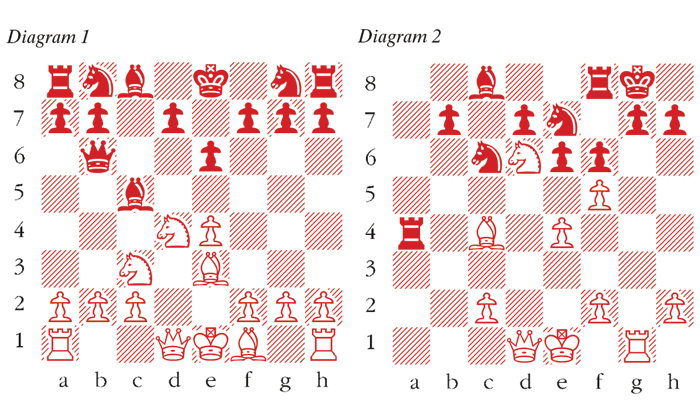
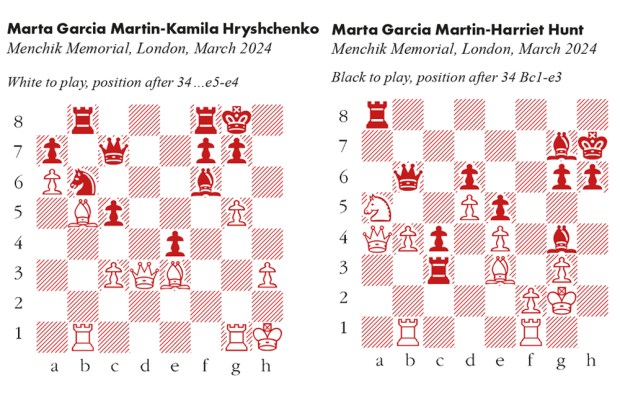

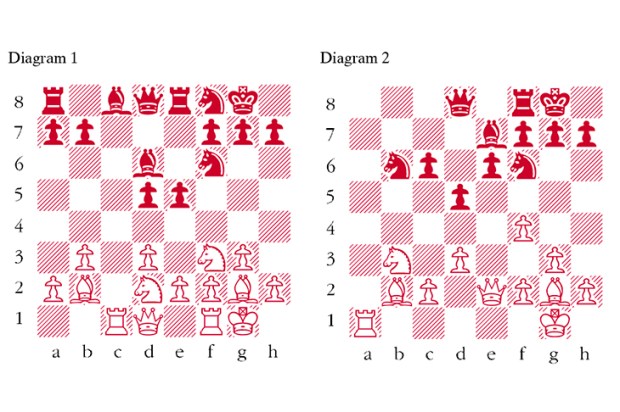
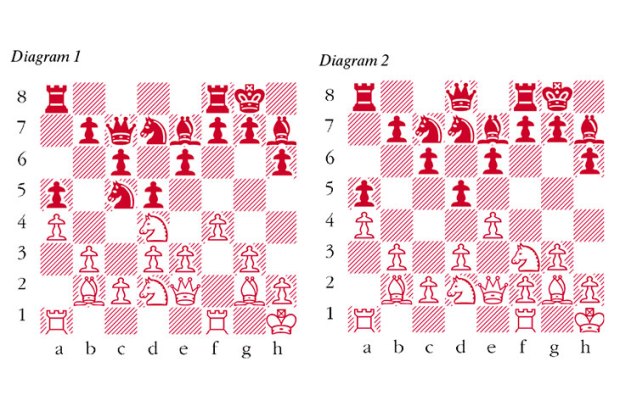
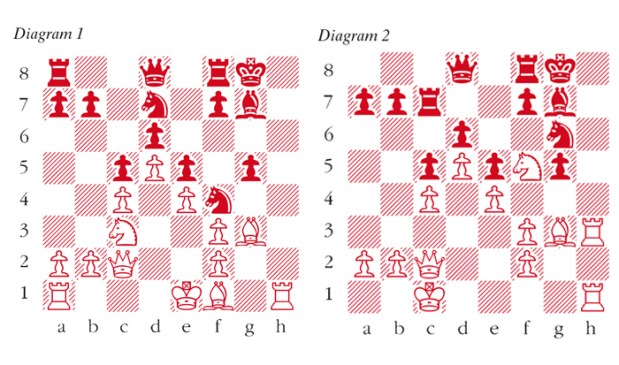
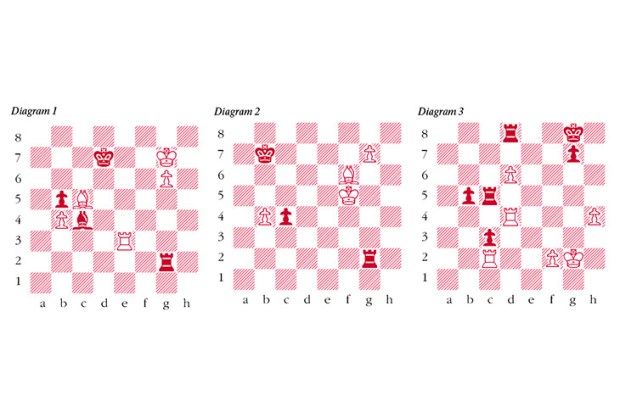






Comments
Don't miss out
Join the conversation with other Spectator Australia readers. Subscribe to leave a comment.
SUBSCRIBEAlready a subscriber? Log in